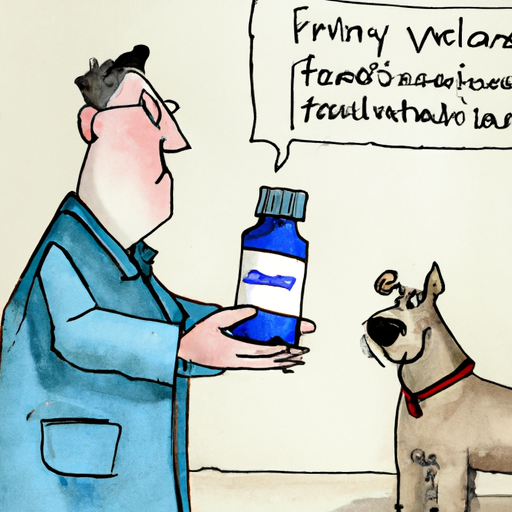As a caregiver, your role is to ensure the health and well-being of those under your care, be it a human or a furry friend. In this article, we’ll explore a common medication for dogs: famotidine.
H2: Understanding Famotidine
Famotidine, sold under the brand name Pepcid, is a type of drug known as an H2 receptor antagonist. This medication reduces the production of stomach acid, helping to prevent and treat conditions such as ulcers and gastritis. While originally designed for human use, vets often prescribe famotidine for dogs experiencing digestive issues.
H2: When is Famotidine Used for Dogs?
Famotidine is primarily used in dogs to:
- Treat gastric or duodenal ulcers
- Manage conditions like gastritis and acid reflux
- Prevent stomach ulcers in dogs taking NSAIDs for chronic pain
It’s important to note that famotidine should only be used under the guidance of a veterinarian.
H2: Dosage and Administration
While the specific dosage will depend on your dog’s size and the severity of their condition, the general guideline is 0.25 to 0.5 mg per pound, once or twice a day. Famotidine comes in tablet form and can be given orally or crushed and mixed into your dog’s food.
| Weight of Dog | Dosage |
|---|---|
| 10 lbs | 2.5 – 5 mg |
| 20 lbs | 5 – 10 mg |
| 30 lbs | 7.5 – 15 mg |
| 40 lbs | 10 – 20 mg |
H2: Side Effects and Precautions
While generally safe, famotidine can cause side effects in some dogs. Common side effects include:
- Loss of appetite
- Vomiting
- Diarrhea
- Lethargy
If your dog exhibits any of these symptoms or if their condition worsens after taking famotidine, contact your vet immediately.
H2: FAQ
Q: Can I give my dog famotidine without consulting a vet?
A: No. Always consult with a vet before giving your dog any new medication.
Q: How long does it take for famotidine to work in dogs?
A: You should see improvement in your dog’s symptoms within 24-48 hours.
Q: Can famotidine be used long term in dogs?
A: While famotidine is generally safe, long-term use should be under a vet’s supervision.
Understanding your dog’s medication is an essential component of being a responsible caregiver. Remember, the key is always to consult with a professional and monitor your pet closely when introducing any new medication.



